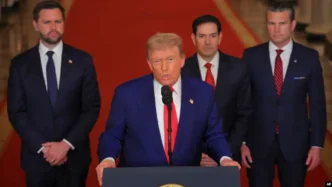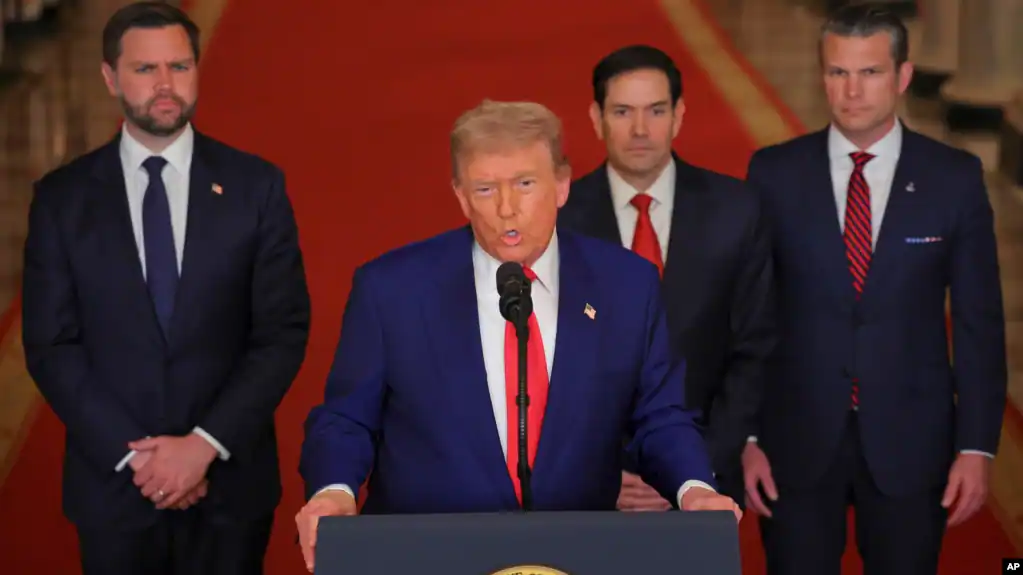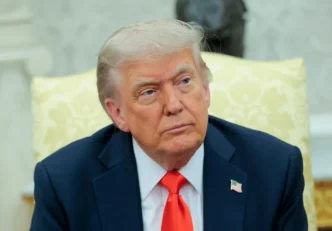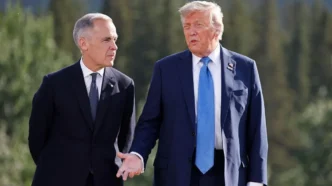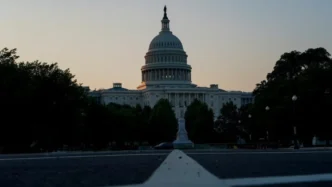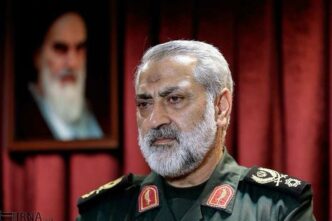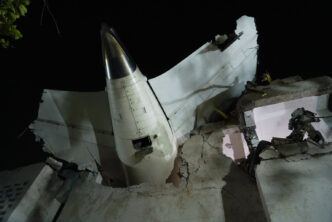Trump Launches Airstrikes on Iran’s Nuclear Facilities
In a dramatic escalation of the Middle East conflict, President Donald Trump announced on June 21, 2025, that the U.S. military had launched coordinated airstrikes on three of Iran’s nuclear facilities—Fordow, Natanz, and Isfahan. The president hailed the mission as a “spectacular military success”, claiming the strikes had “obliterated” Iran’s nuclear enrichment capabilities.
The strikes mark the United States’ official entry into the intensifying Israel-Iran conflict, raising fears of a broader regional war.
Why the U.S. Struck Iranian Nuclear Targets
Fordow, Natanz, and Isfahan: Key Nuclear Sites
In his White House address, Trump stated that the targeted sites—Fordow, Natanz, and Isfahan—had long been known as central to Iran’s nuclear enrichment efforts.
“Everybody heard those names for years as they built this horribly destructive enterprise,” Trump said.
“Our objective was the destruction of Iran’s nuclear capacity and stopping the nuclear threat posed by the world’s number one state sponsor of terror.”
Bunker-Busting Bombs Deployed
U.S. B-2 stealth bombers, reportedly armed with 30,000-pound bunker-busting bombs, carried out the attack. According to U.S. officials, only America possesses the technological capability to destroy Iran’s deeply buried nuclear infrastructure.
Iran Reacts: “We Reserve All Options”
Iranian Foreign Minister Abbas Araqchi called the strikes “outrageous” and warned of “everlasting consequences.”
“Iran reserves all options to defend its sovereignty, interest, and people,” he posted on X.
Iran’s Islamic Revolutionary Guard Corps (IRGC) responded on June 22 by firing 40 missiles at Israel, including one of its largest ballistic weapons, the Khorramshahr-4. The Israeli Health Ministry reported over 80 injuries as a result of overnight Iranian missile strikes.
Global Alarm Over Widening War
United Nations, World Leaders Call for Restraint
UN Secretary-General António Guterres expressed grave concern:
“There is a growing risk that this conflict could rapidly get out of control—with catastrophic consequences for civilians, the region, and the world.”
The International Atomic Energy Agency (IAEA) has called an emergency meeting for June 23. Western leaders—including UK Prime Minister Keir Starmer and EU foreign policy chief Kaja Kallas—urged both sides to return to negotiations and prevent further escalation.
“Iran must not be allowed to develop a nuclear weapon,” said Starmer.
“This is not a regime change operation, but a surgical strike against nuclear infrastructure,” emphasized U.S. national security analyst Brett McGurk.
Aftermath and Strategic Fallout
Iran Confirms Site Damage, Downplays Impact
Iran’s Atomic Energy Organization confirmed the attack on all three sites, calling them “barbaric” and illegal under international law. However, Iranian officials claimed that sensitive materials had been removed prior to the strikes, minimizing damage.
“Knowledge cannot be bombed,” said Mehdi Mohammadi, adviser to Iran’s parliamentary speaker.
“The site has long been evacuated.”
Iran’s nuclear regulator also assured that no radioactive leakage had been detected, with Saudi Arabia confirming similar findings across the Gulf region.
What’s Next? Peace or Prolonged War?
With the conflict between Iran and Israel intensifying since June 13, when Israel began its aerial campaign, and now with direct U.S. involvement, analysts warn of long-term regional consequences.
“This could be a pivotal moment in Middle East history,” said Israeli Prime Minister Benjamin Netanyahu, praising Trump’s boldness.
“First comes strength, then comes peace.”
However, Trump’s decision risks alienating segments of his own “America First” political base, which has consistently opposed deeper foreign military entanglements.
Former diplomat Richard Haass questioned the timing of the strike:
“Did Trump lose faith in diplomacy, or was the two-week delay a ruse all along?”
Summary: Key Takeaways
-
U.S. airstrikes hit Iran’s Fordow, Natanz, and Isfahan nuclear facilities.
-
Trump calls the operation a “spectacular success” in stopping Iran’s nuclear threat.
-
Iran launches 40 missiles at Israel in retaliation.
-
UN and global leaders urge immediate de-escalation.
-
IAEA to hold emergency meeting June 23.
